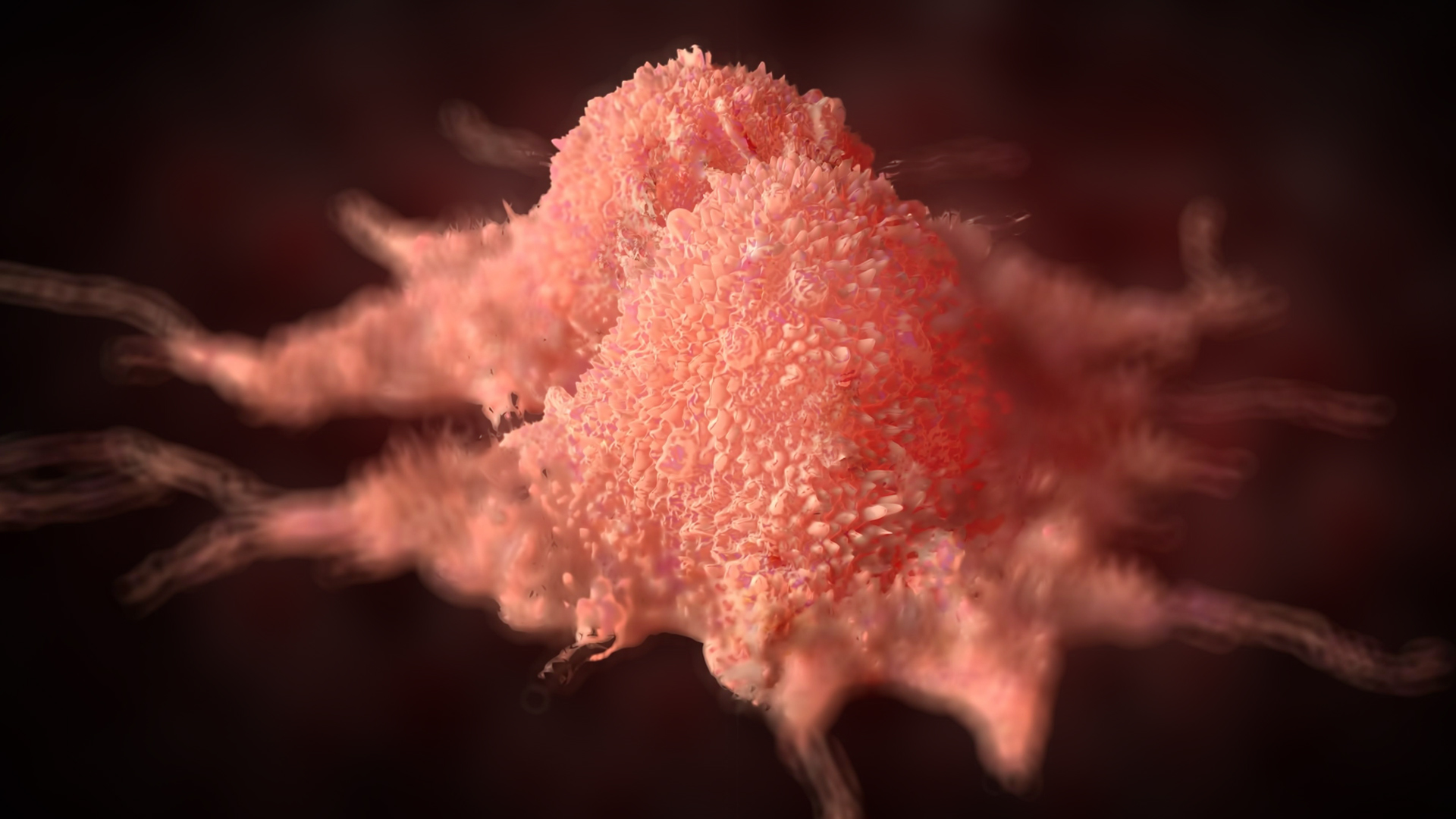Shedding light on hepatocarcinogenic lipid metabolism regulation
Researchers from SciLifeLab, Karolinska Institutet and Barts Cancer Institute, London, have studied transcriptional phenotypes (RNA profiles) in liver cancer cells (hepatocellular carcinoma, HCC) to better comprehend transcriptional phenotypes of cancer cells. The researchers found a specific pair of a RNA-binding protein (RBP) and a long non-coding RNAs (lncRNA) that controls HCC phenotypes.
In healthy cells, RNA is strictly regulated by RNA binding proteins (RBPs), that play important post-transcriptional roles, such as RNA splicing, polyadenylation, stabilization, localization and translation. In cancer cells, however, the RBP-RNA interactions are heavily deregulated.
In a recent study, led by SciLifeLab Fellow, Claudia Kutter (Karolinska Institutet), researchers curated the most comprehensive list of human RBPs so far, containing ~2300 highly expressed RBPs, to unravel their roles in cancer.
The researchers assessed cancer patient survival and found that an upregulation of several RBPs negatively affected patient survival in 21 cancer types, especially in hepatocellular carcinoma (HCC). After knockdown of the 10 most upregulated RBPs and subsequent transcriptome analysis, the researchers identified changes across many RNA types, including the more recently discovered class of long noncoding RNAs (lncRNAs).
The most noticeable RBP-lncRNA connection affected lipid metabolism, whereby a member of the chaperon complex, called CCT3 moonlights in cancer as a non-canonical RBP and regulates the IncRNA LINC00326 in a chaperonin-independent manner. By disrupting the CCT3-LINC00326 regulatory network the researchers could observe decreased lipid accumulation and increased lipid degradation in cellulo as well as diminished tumor growth in vivo.
The study revealed that RBPs can exert additional functions beyond their tasks under normal physiological conditions, which can be stimulated or intensified via lncRNAs and are relevant for tumor growth.
Read the publication in scientific journal Gut





